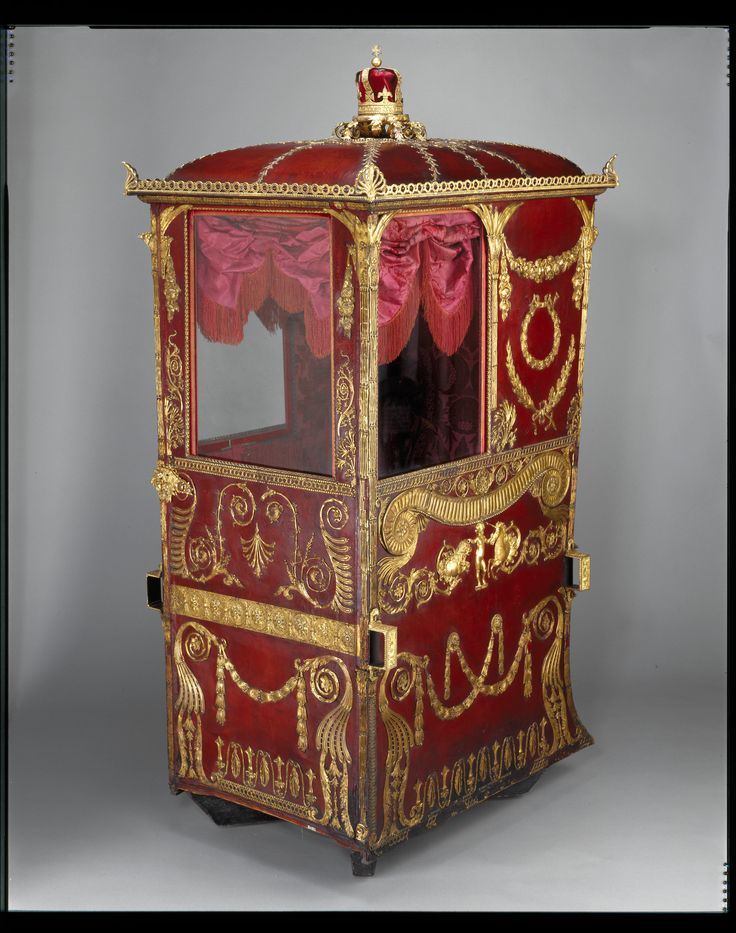A Tudor Elevator? February 6, 2018
Author: Beach Combing | in : Modern , trackbackAt the trial for Duke of Norfolk, at the very end of Henry’s reign, Bess Holland, Norfolk’s mistress gave the following testimony about Henry VIII’s obesity. She claimed that the Duke had told her:
That the king was much grown of his body and that he could not go up and down stairs and was let up and down by a device. And that his majesty was sickly and could not long endure.
A very unwise thing to say even to your love in bed: Norfolk only escaped with his life (after years in prison) because Henry himself was about to die. What has sometimes excited historians here though is the reference to the device. The fat king, the monarch man mountain was ‘let up and down by a device’: could this possibly be a lift? This interpretation seems to have been particularly helped along by John Foxe’s paraphrase in his Martyrs:
He was become so corpulent that he could not go up and down stairs, but made use of an engine, when he intended to walk in his garden, by which he was let up and down.
A recent supporter of the theory is David Starkey (in a report in the Daily Mail!):
No picture exists of the stairlift, but Mr Starkey believes that a block and tackle system similar to those used on the king’s warship the Mary Rose would have been used, with servants pulling on ropes to lift the monarch’s body.
Robert Hutchinson prefers to see the ‘lift’ as a sedan (Last Days, 107): though the idea of servants carrying a thirty stone Henry up and down the stairs is almost too painful to contemplate.
There is also a reference, which both Hutchinson and Starkey make use of to a ‘chair house’ in the King’s inventory.
So did Henry really have a stair lift: drbeachcombing AT yahoo DOT com
28 Feb 2018, Bruce T writes: We certainly know it could be done, there are plenty of illustrations of the Gothic cathedrals of France being built four centuries before where a man on a treadmill connected to a stout post and crane pulley rig above was used to lift heavy finished stones to where they were needed. If there was a high beam or solid stone post to affix a wooden crane and arm for the pulley and space for wheel or windlass, getting him up there would be a piece of cake. Not dropping old Two Ton’s of Fun would be the problem. By this time the Royal Navy ere regularly raising spars, sails, and anchors much heavier than our subject. If he wanted an elevator, he probably had one. It doesn’t mean he did, but it’s not out of the realm of possibilities given the technology of the time.



